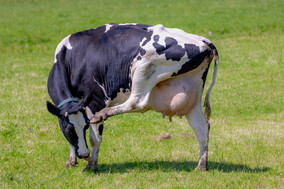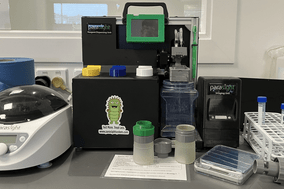Our Organisation
We are a progressive veterinary business providing services to a large range of clients throughout the West Coast area.
We have two clinics available to meet all your production, lifestyle and companion animal needs.
You can be rest assured our teams of people are available to assist with your animal needs, whether just to answer an enquiry or in an emergency.
With West Coast Vets dedicated highly skilled team of people, and our reputation on delivering quality health care and advice in all areas of veterinary medicine, you can be assured your production, lifestyle and companion animals are in the best care.
We have a comprehensive retail offering with competitive prices on products. Retail is a large aspect of the business and our team of people have excellent product knowledge in all areas to assist you with the best products for all your animal needs.
Call in to discuss your animal needs with our highly trained and friendly team of people today.

West Coast Vets is part of Comhla Vet Ltd.
Our philosophy is all about looking after our team, providing premium animal welfare and making rural communities better by giving back to the districts that support us. This also means that many of our veterinarians are shareholders, ensuring the focus stays local and our animals, clients and people are front and centre. Comhla Vet is a dynamic business in growth mode and among other clinics, encompasses VetSouth, West Coast Vets and Veterinary Clinic Morrinsville.













